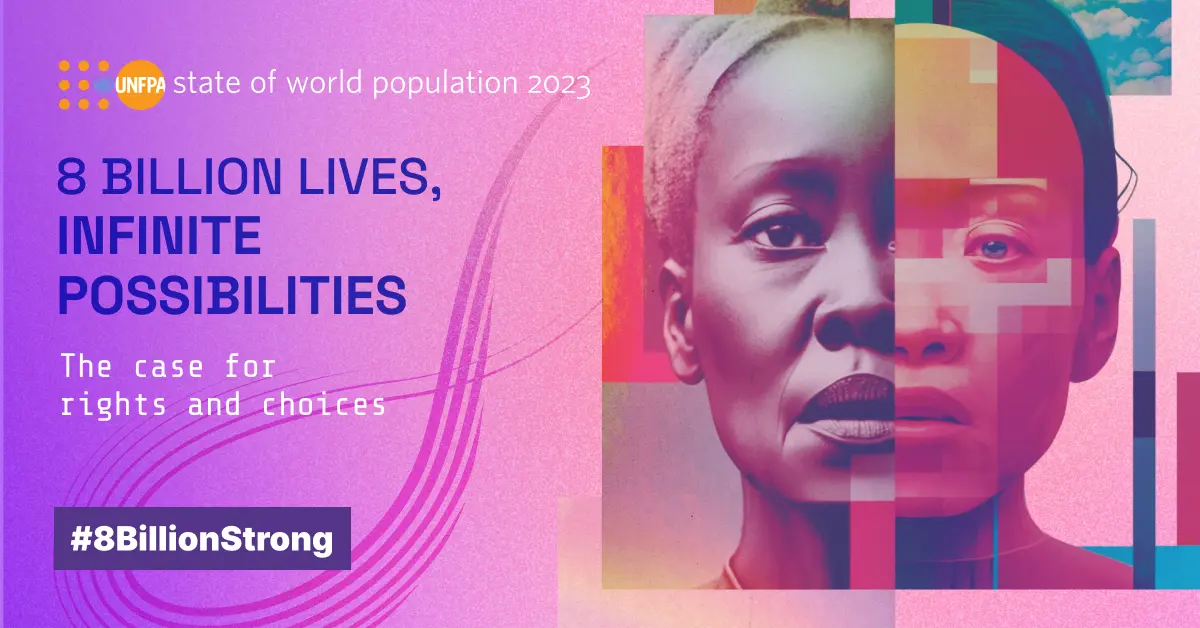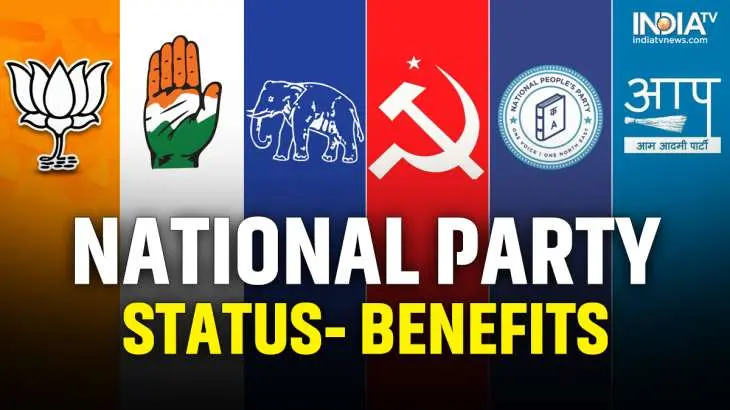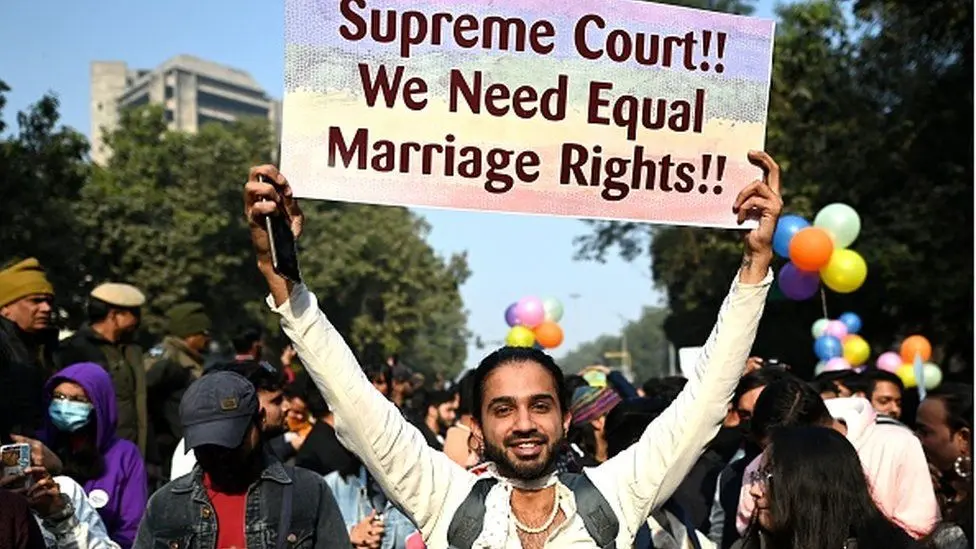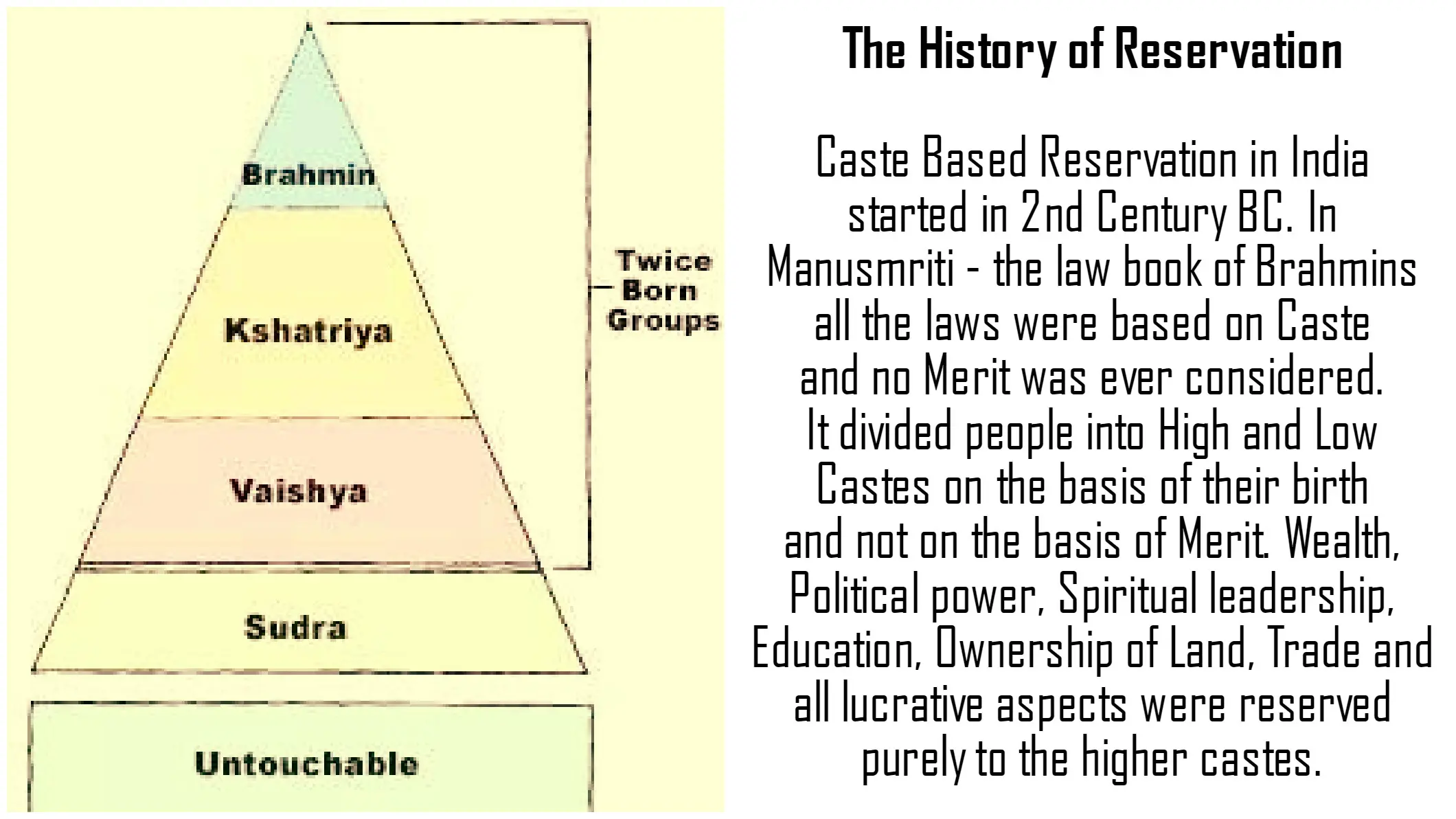UN population report: Key takeaways for India and the world
khalistan movement
Khalistan Movement as a Threat to Internal Security There are currently about 24 million Sikhs worldwide. The majority live in the Indian state of Punjab. Guru Nanak (1469–1539) is regarded as the founder of their faith and Guru Gobind Singh (1666–1708), the tenth Guru, as the Guru who formalised the religion. Punjabi society was a mix of Muslims and Hindus. Guru Nanak was born in Talvandi, a place now renamed Nankana Sahib, in the state of Punjab in present-day Pakistan. His parents were Hindus and they were Khatri by caste. Nine Gurus followed Nanak and developed the Sikh faith and community over the next centuries. The Khalsa and The NirankarisThe Khalsa community considers Sikhism as its faith. This tradition was initiated in 1699 by the Tenth Guru of Sikhism, Guru Gobind Singh, after his father, Guru Tegh Bahadur, was beheaded during the Islamic sharia rule of the Mughal Emperor Aurangzeb. Guru Gobind Singh created and initiated the Khalsa as a warrior with a duty to protect the innocent from religious persecution. The founding of Khalsa is celebrated by Sikhs during the festival of Baisakhi.The Nirankaris began as a small reformist group within Sikhism, under Dayal Das, who became active towards the end of Maharaja Ranjit Singh’s reign (1799-1839) in Punjab. The Nirankaris believe in the formless God, that is Nirankar — who can be reached through a “God-realised soul” or “satguru”.The relationship between Sikhs and the Nirankaris has always been uncomfortable. Sikhism does not allow any living Guru to replace the Guru Granth Sahib. However, in 1951, Satguru Avtar Singh proclaimed himself a living guru in the presence of the Guru Granth Sahib. Gurbachan Singh succeeded Avtar Singh in 1963 and started spreading the mission ardently. Sikh preachers began openly denouncing the Nirankaris as “nakli Sikhs (fake Sikhs)” and demanded the closing down of their centres. The Avtarbani and another Nirankari work, Yug Purush, were declared “heretic books”.Origin of the MovementBritish India was partitioned in 1947, where the Punjab province was divided between India and the newly-created Pakistan. As a result, a majority of Sikhs, along with the Hindus, migrated from the Pakistani region to India's Punjab, which included present-day Haryana and Himachal Pradesh. The Sikh population, which had gone as high as 19.8% in some Pakistani districts in 1941, dropped to 0.1% in Pakistan, and rose sharply in the districts assigned to India. However, they would still be a minority in the Punjab province of India, which remained a Hindu-majority province.Established on 14 December 1920, Shiromani Akali Dal was a Sikh political party that sought to form a government in Punjab. Following the 1947 independence of India, the Punjabi Suba movement, led by the Akali Dal, sought the creation of a province (suba) for Punjabi people. The Akali Dal's demand was for a sovereign state of Khalistan, or an autonomous state within India.In September 1966, the Union Government led by Indira Gandhi accepted the demand. On 7th September, 1966, the Punjab Reorganisation Act was passed in the Parliament and was implemented with effect from 1st November, 1966. Accordingly, Punjab was divided into the state of Punjab and Haryana, with certain areas to Himachal Pradesh. Chandigarh was made a centrally administered Union territory. The Anandpur ResolutionSharing of the capital, Chandigarh resented the Sikhs in Punjab. Also, a canal system over the rivers of Ravi, Beas, and Sutlej, which flowed through Punjab, was built for water to reach Haryana and Rajasthan. As a result, Punjab would only receive 23% of the water while the rest would go to the two other states. These issues caused Sikh resentment against Congress.Even after this, the Akali Dal was defeated in the 1972 Punjab elections. To regain public appeal, the party put forward the Anandpur Sahib Resolution in 1973 to demand radical devolution of power and further autonomy to Punjab. The resolution document included both religious and political issues, asking for the recognition of Sikhism as a religion separate from Hinduism, the transfer of Chandigarh and certain other areas to Punjab, and radical devolution of power from the central to state governments. In 1982, the Akali Dal and Jarnail Singh Bhindranwale joined hands to launch the Dharam Yudh Morcha in order to implement the resolution. Thousands of people joined the movement, feeling that it represented a real solution to such demands as larger shares of water for irrigation and the return of Chandigarh to Punjab. Bhindranwale's emergenceThe Akali Dal-Janata Party government came to power after defeating the Congress in the Assembly elections in 1977. Zail Singh of Congress, the defeated chief minister who later became the President of India, was most unhappy because of two reasons- he had lost power, and was found guilty of misuse of power by the Gurdial Singh Commission appointed to look into his conduct as chief minister.At this time, Sanjay Gandhi, who is known for his extra-constitutional methods, suggested putting up a 'Sant' to challenge the Akali government. Bhindranwale was this ‘Sant’. Beginning of ViolenceOn the day of Baisakhi in 1978, a band of Sikhs clashed with Nirankaris. Many people from both sides died in the clash. Bhindranwale said that the killing of Sikhs when an Akali was the state chief minister was unacceptable and questioned the ideology of Akali Dal. However later, in 1982, the Akali Dal and Jarnail Singh Bhindranwale joined hands to launch the Dharam Yudh Morcha in order to implement the Anandpur resolution. Anti-Hindu PropagandaThe violence in Punjab was accompanied by anti-Hindu propaganda. In 1980, Bhindranwale and his supporters murdered Lala Jagat Narain, the publisher of Punjab Kesri, a vernacular newspaper, and a vocal critic of Bhindranwale. This was soon followed by large-scale violence against civilians across the state. The intent was to disrupt the social fabric of the state and create divisions between Hindus and Sikhs, who had enjoyed amicable relations, shared religious traditions, and frequently intermarried in the past.The Dal Khalsa, which had also hijacked an Indian Airlines plane in 1981, placed severed cow heads at several Hindu temples in the state to intimidate Hindus, who consider cows to be sacred.Bhindranwale frequently used anti-Hindu rhetoric in his speeches. Noted Sikh journalist Kushwant Singh described Bhindranwale as a “hate monger” since he fomented every Sikh to “kill 32 Hindus to solve the Hindu-Sikh problem.” As a result, thousands of Hindus fled their homes in Punjab and lived as refugees in neighboring states.Reports of grenades and bombs being thrown into Hindu religious festivals and movie theaters; militants firing indiscriminately into crowded markets; Hindus being pulled off public vehicles and massacred were common occurrences during that period. The Khalistan movement peaked in the 1980-90s and the violent campaign included bombings, assassinations, kidnappings, and selective killing and massacres of civilians. The movement resulted in deaths of thousands of civilians. The violence took on an international angle in 1985 when Khalistani separatists based in Canada exploded a bomb on an Air India flight enroute from Toronto to New Delhi, killing all 329 people on board. This incident remains the deadliest terrorist attack in Canadian history.According to Human Rights Watch, the militants were responsible for mass killing of civilians, assassinations of political leaders, and the indiscriminate use of bombs in Punjab and other parts of India. The militants even started to engage in robbery, extortion, and rapes. The Khalistan movement’s campaign of violence further included attacks on those participating in statewide elections in Punjab. In February 1992, the militants gunned down election workers, political campaigners, voters, and set off over 18 bombs.In response to the movement, and in an attempt to end militancy in the state, Indian security forces and local Punjab police responded with force. The majority of the police, security forces, and politicians in Punjab were and are Sikh including the police captain credited for ending the Khalistan insurgency, KPS Gill. Sikh politicians, such as former Chief Minister Beant Singh, were also assassinated by militants. Operation BluestarAs the Khalistan movement expanded and violence escalated, Bhindranwale and his heavily armed followers occupied the Golden Temple in Amritsar, the holiest shrine of the Sikhs. Since 1982, Bhindranwale had used the Golden Temple as a base of operations and stored arms and ammunition there. There were reports of the militants committing atrocities on pilgrims and devotees inside the sacred space.On June 6, 1984, Indian Prime Minister Indira Gandhi ordered an army operation code-named Operation Bluestar to flush out Bhindranwale and the militants finding a safe haven in the Golden Temple.Assassination of Indira Gandhi and anti-Sikh riots In retaliation for Operation Blue Star, Indira Gandhi was assassinated in New Delhi by her two personal security guards- Satwant Singh and Beant Singh (both Sikhs), on the morning of 31st October, 1984. The assassination triggered the 1984 anti-Sikh riots across North India. The Nanavati Commission, a special commission created to investigate the riots, concluded that the INC leaders (including Jagdish Tytler, H. K. L. Bhagat, and Sajjan Kumar) had directly or indirectly taken a role in the rioting incidents. According to an academic study of the Khalistan insurgency:“Bhindranwale established the center of his terror campaign in the Harimandir Sahib of Amritsar – the holiest of all Sikh temples. Many of his decisions and actions contravened the fundamental dogmas of the Sikh religion, but the faithful tolerated even this from him. He stockpiled arms and ammunition in the temple and from its sanctuary openly defied the state and federal governments. The police dared not enter the temple complex, because it did not want to provoke the Sikhs…”“…thousands of pilgrims were in the Golden Temple grounds when the [army] assault began, and the insurgents used many of them as human shields. Bhindranwale and many of his associates were killed – but there were a very large number of civilian casualties as well. The insurgents made their goal crystal clear: to create an independent, sovereign Khalistan, where the Sikh religion informs governance, Sikh culture dominates and Punjabi is spoken.” The end of insurgency.. and… The revivalIn the 1990s, the movement faded away and gradually it failed due to several factors, primarily heavy police crackdown on separatists, factional infighting, and disenchantment from the Sikh population.However, recently questions have been raised regarding the resurrection of the Khalistani terrorism.In early 2018, police arrested some militant groups in Punjab. The then Punjab’s CM Amarinder Singh said that the extremism was backed by Pakistan’s Inter-Service Intelligence(ISI) and the Khalistani sympathizers in Canada, Italy, and the UK. In 2020, over 100,000 Canadian Sikhs took part in voting for the Khalistan Referendum in Brampton, Ontario, which was organised by the pro-Khalistani group- Sikhs For Justice (SFJ). The referendum is a demand of Khalistan. The SFJ has openly associated with convicted Khalistan terrorists and those suspected of being involved in large-scale terror plots in India. It funded the legal defense of Jagtar Singh Tara (a leader of Indian designated terrorist group- Khalistan Tiger Force) who assassinated the Chief Minister of India’s Punjab state in 1995. SFJ was banned in India in 2019 as an unlawful association. Since February 2022, pro-Khalistani groups like Sikhs for Justice (SFJ) have been trying to revive the Khalistani movement and sentiments in Punjab. Reportedly, an NIA team reached Canada last November and found that over one lakh USD was collected in the name of a farmer’s protest. On May 5, 2022, the Haryana Police arrested four people at a toll plaza in Karnal carrying three IEDs weighing 2.5 kg each.On May 8, 2022 flags of Khalistan were found sticking to the main entrance of the Himachal Pradesh Assembly complex in Dharamsala following which, the Himachal Pradesh Police booked SFJ leader Gurpatwant Singh Pannun under UAPA.On May 9, 2022 a Pakistani-made rocket-propelled grenade explosion happened at the Punjab Police Intelligence headquarters just a day after state police seized an IED loaded with RDX from Punjab’s Tarn Tarn district. International Support for KhalistanThe diplomatic, financial and logistical support from pro-Khalistan separatists based in the United States, Canada, the United Kingdom, and Pakistan’s Inter-Services Intelligence (ISI) Agency continues even today. Pakistan’s ISI spy agency provided refuge, training, arms, and funding to Khalistani terrorist organizations, coordinated their activities with Islamist terrorist organisations such as the Lashkar-e-Toiba and the Hizb-ul-Mujahideen, and also with organised crime operators, and drug and weapons’ smugglers. Sikhs in Canada, the United Kingdom, and the United Stateshave reportedly played important roles in arranging for militant cadres to travel to Pakistan, where they receive financial and military assistance.















